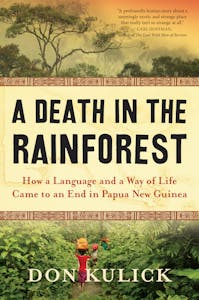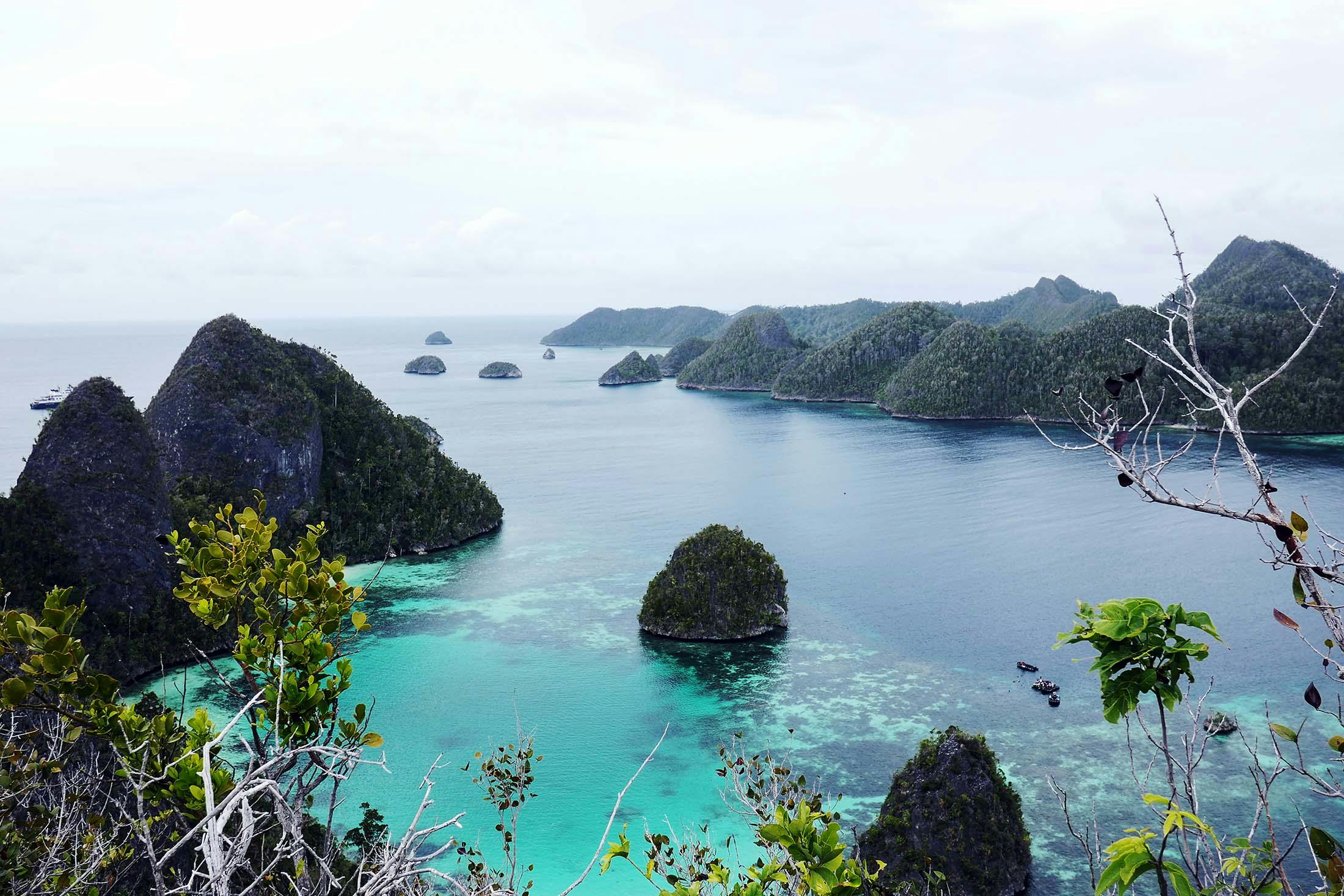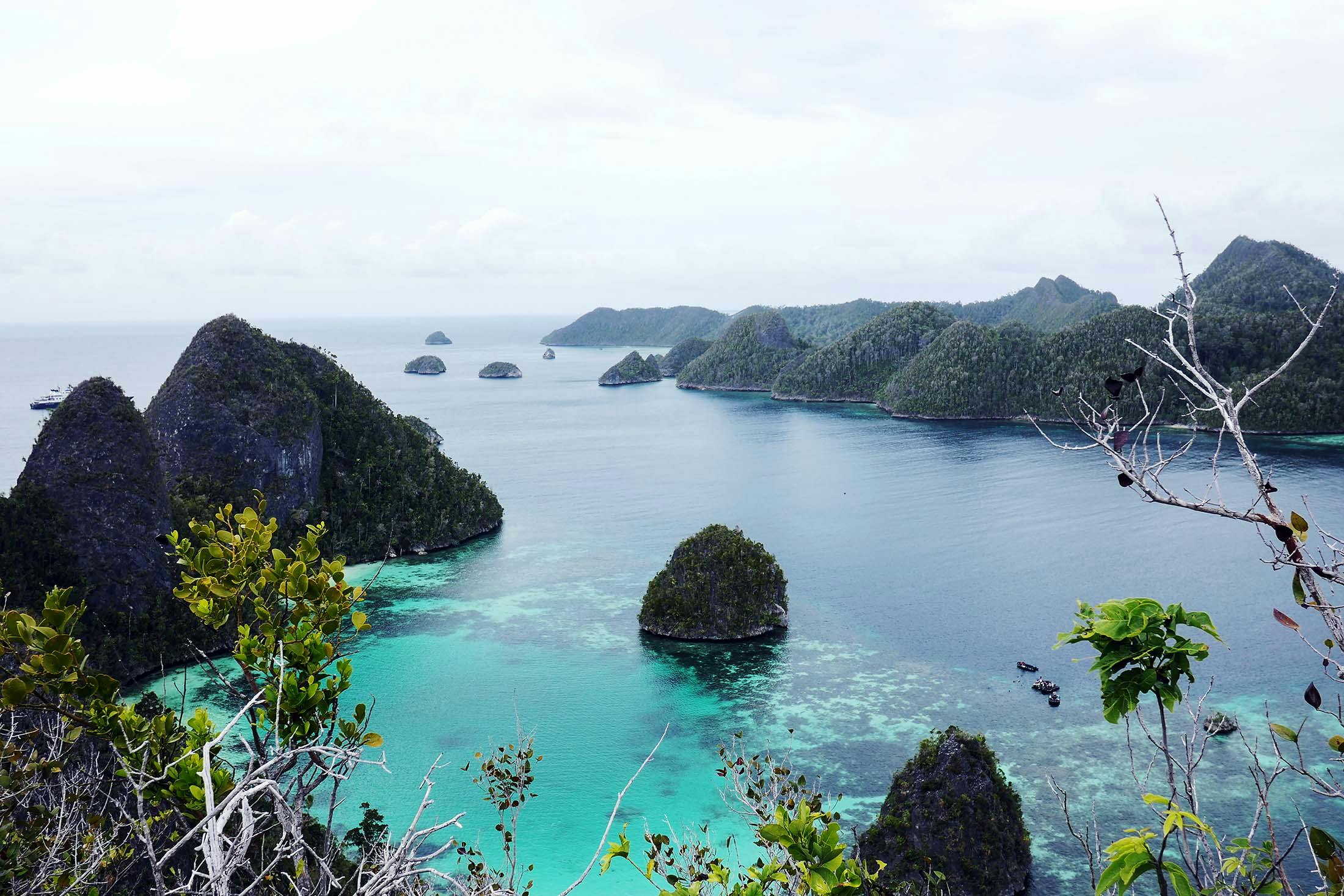Conrad Recommends: Death in the Rainforest
The title may seem straight out of a classic whodunit novel, but Don Kulick’s Death in the Rainforest has a far more interesting and transcendental story to tell. As an anthropologist and linguist, Kulick’s book reflects an almost 30-year effort to chronicle the life in the village of Gatun. Kulick’s goal was to document the death of Tayap, their native language. The interesting twist? Kulick lived in the village for months at a time and did not initially realize that the villagers saw him, not as an interloper, but a dead relative who returned as a white man. They were so welcoming for that reason that they actually built him a house.
The Gist: What’s so Fascinating about A Death in the Rainforest
There’s more, of course, to Kulick’s story. Conrad Combrink, Silversea’s Senior Vice President of Expeditions, Destination and Itinerary Management, tells us: “Kulick he learned his presence was not only putting his own life in jeopardy but also that of others in the village.”
“This book is an engaging, deeply perceptive and brilliant interrogation of what it means to study a culture. Kulick will take you into a world that endures in the face of massive change. One that is on the verge of disappearing forever.”
Conrad Combrink
In the end, Combrink tells us, what makes A Death in the Rain Forest so fascinating, is that it’s “an illuminating look at the impact of white society on the farthest reaches of our globe.” Kulick, the anthropologist, finally realized, that he had to give up his study of this language and this village to save himself and the natives.

Fascinating Facts about Don Kulick:
- Don Kulick is a Swedish cultural and linguistic anthropologist. Currently a professor of anthropology at Sweden’s Uppsala University, Kulick received his B.A. in Anthropology and Linguistics from Lund University in Sweden in 1983. He was a awarded his Ph.D in Anthropology from Stockholm University in 1990.
- Before joining the faculty of Uppsala, Kulick held academic positions at both Stockholm and Linkoping Universities in Sweden. He was previously a Professor of Anthropology and Director of the Center of Gender and Sexuality at New York University. He left NYU to become a Professor of Anthropology and Chair of the Department of Comparative Human Development at the University of Chicago.
- Prior to the publication of A Death in the Rainforest in 2019, Kulick had written or co-authored eight books. His first book on his experiences in Papua New Guinea was published in 1992 and was entitled “Language shift and cultural reproduction: socialization, self and syncretism in a Papua New Guinea village” (Cambridge University Press).
And Some Fascinating Facts about Papua New Guinea:

- At 462, 840 km2 (178,700 sq.miles) Papua New Guinea is the third largest island country in the world. And one of its most culturally diverse. There are 851 known languages in the country of which 11 now have no known speakers.
- In one of the earliest waves of human migration, archeological evidence indicates that the first humans arrived here between 42,000 and 45,000 years ago. These earliest inhabitants were descendants of migrants out of Africa.
- Most of Papua New Guinea’s eight million people live in communities like Gapun, whose indigenous inhabitants communally own their land. The country is one of the least explored on Earth and is known to have numerous groups of uncontacted peoples.
- By the late 20th Century, headhunting and cannibalism was thought to have been eradicated. And yet: The dual practices survived in certain isolated areas into the 1950s, 1960s and 1970s
- Want to know more? Read about the fire-dancing history of the baining people in Papua New Guinea.



















